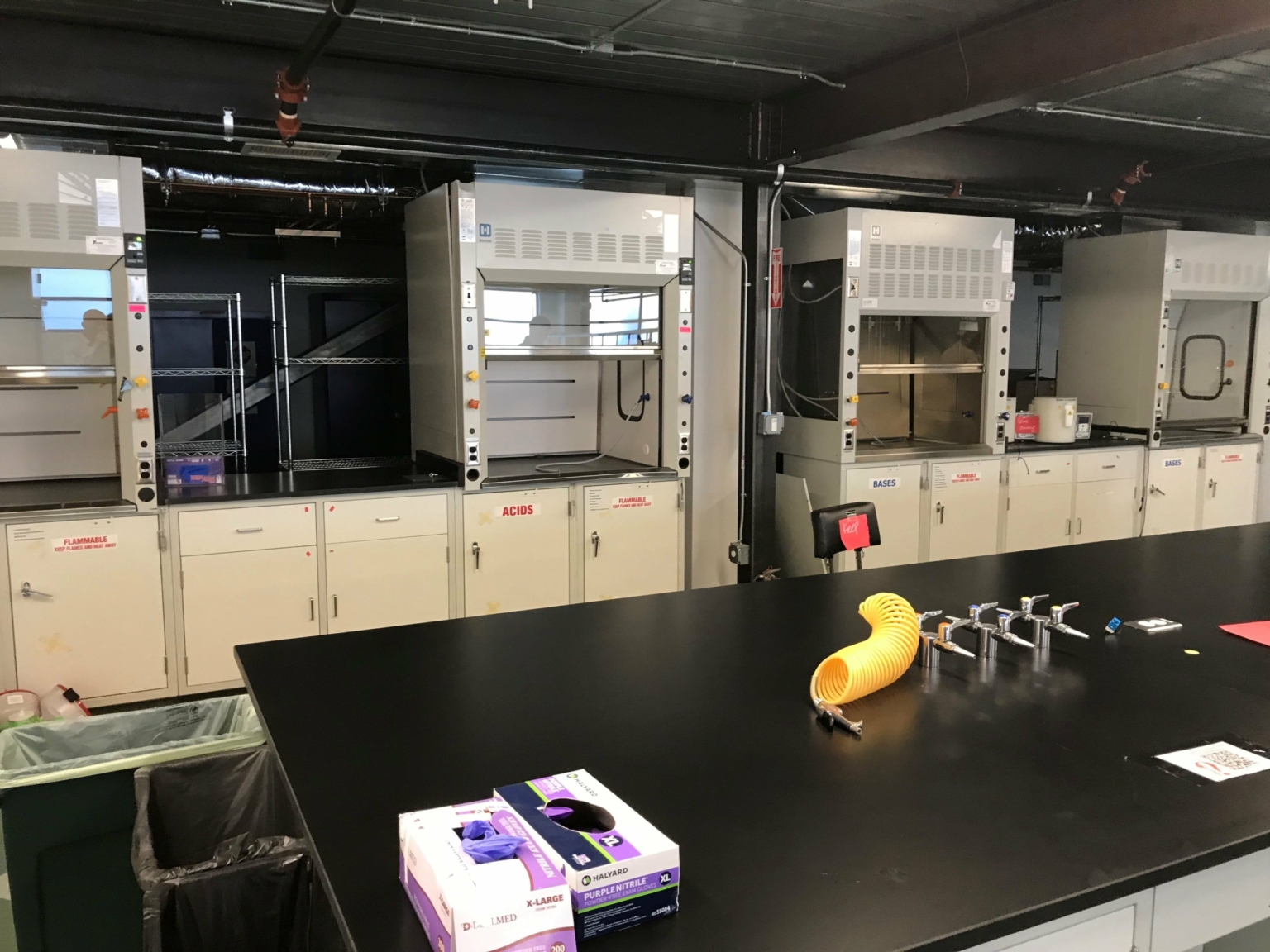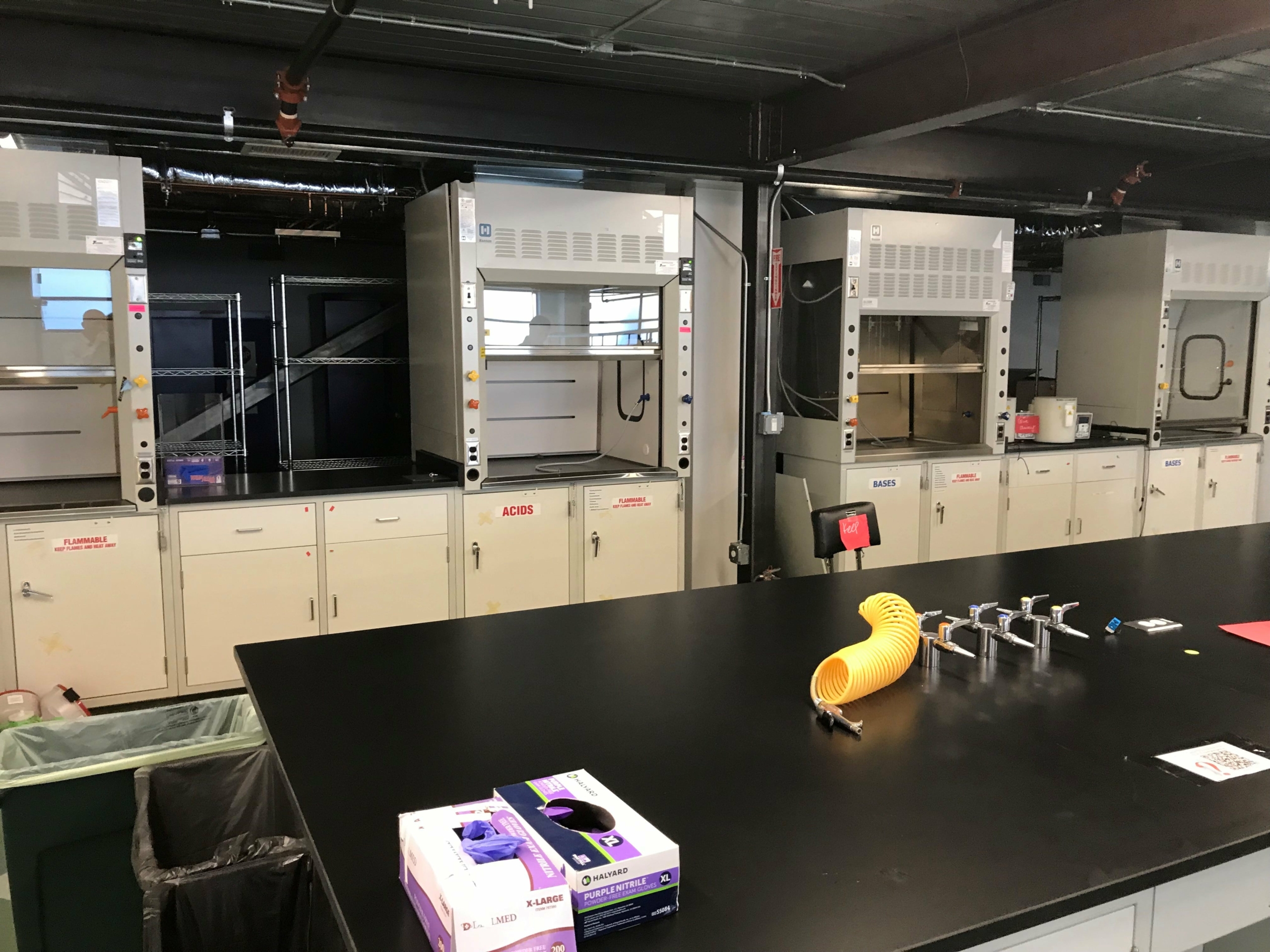What are ISO Cleanroom Requirements?
Clean Room Particle Count,Less than two particles larger than 0.3 microns and no particles larger than 1.0 microns per cubic meter are required by the ISO 1 specification for cleanrooms. An ISO 1 cleanroom typically uses ULPA filtration and has 500–750 air changes per hour. Additionally, typical traits are elevated floors and 100% ULPA ceiling coverage. It is the cleanroom classification's most pristine.
Less than 11 particles larger than 0.3 microns and no particles larger than 1.0 microns per cubic meter are required by the ISO 2 cleanroom specification. On the other hand, An IS0 2 cleanroom typically uses ULPA filtration and 500–750 air changes per hour. Additionally, typical traits are elevated floors and 100% ULPA ceiling coverage. It is ranked as the second-cleanest category.
Tests for recovery in clean rooms
The Cleanroom Recovery Test goal is to ascertain how long it takes no unidirectional cleanrooms or clean spaces, as well as their systems, to regain a particular steady-state degree of cleanliness following a brief particle creation event inside the sterile area. On the other hand, it is not advised for ISO Class 8 spaces or clean rooms with unidirectional airflow.
Note: There is a chance that aerosol residue will get on the surfaces in the cleanroom.
Equipment and instruments
- Eitheran airflow visualization generator or an aerosol generator.
- The number of distinct particles. One alternative is to utilize an aerosol photometer.
Testing methods
- It is necessary to decide on the number and location of the points.
- Make that the HVAC systems for the cleanrooms are working.
- Follow the manufacturer's directions to set up the particle counter or photometer.
Hood with Vertical Laminar Flow
- In the ceiling are fans and filtration units.
- The direction of the flow is downhill (top to bottom)
- Compared to a horizontal laminar air flow hood, there is more turbulence.
- It is preferred for that size of equipment because of the increased operating height for huge equipment. On the other hand, fewer instances of cross-contamination among the samples were put on the work surface.
- Vertical Laminar Flow Hood is preferred for using soldering powder or fine powders.
- Since the flow is vertical, there is a lower level of contamination control, which is preferable for user safety.
- A little floor area is needed, and the hood is not too deep.
- As pollutants disappear from the user's face, user safety increases.
Laminar Horizontal Flow Hood
- Fans and filter units are installed in the ceiling but have the extra rear depth to permit air re-entry.
- The direction of the Horizontal Flow Hood is from rear to front (horizontal)
- Airflow with less turbulence
- Operating at a lower height (compared to vertical laminar hoods)
- Since the airflow is horizontal, there is less chance of contamination for hands and gloves.
- For non-hazardous powders and odors, preferred
- Since everything is placed downstream of the sample with horizontal airflow, contamination control can be extremely high.
- More floor room and back depth are needed for air re-entry.








